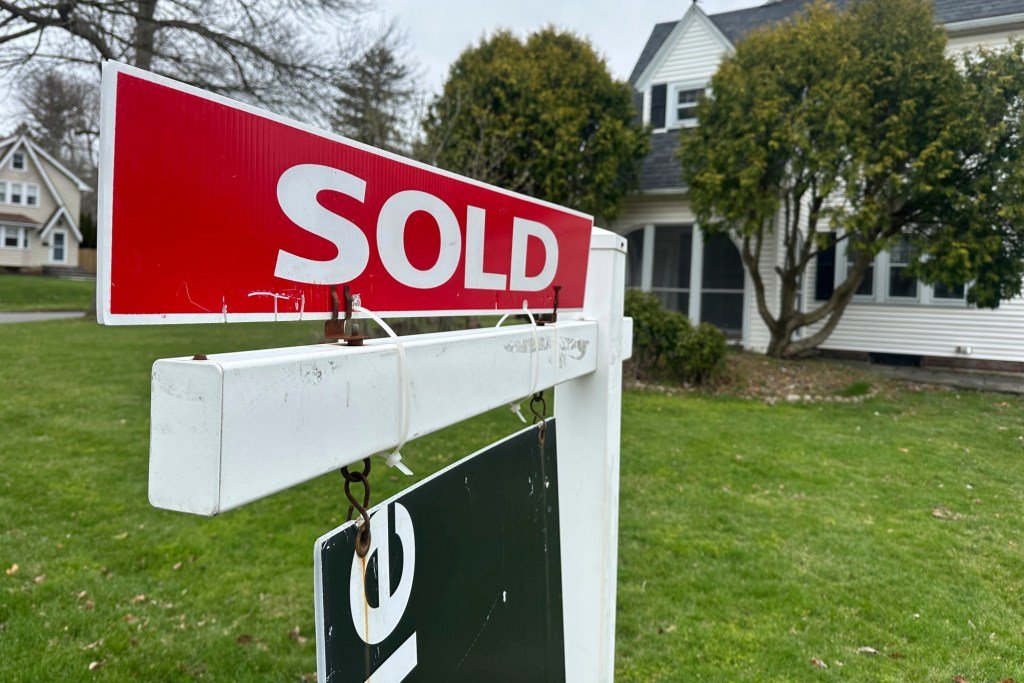US New Home Sales Decline: A Market Under Siege
In May 2025, the American dream of homeownership grew dimmer as new home sales plummeted by 13.7%, hitting a precarious 623,000 annualized rate—the lowest in seven months. For many hopeful buyers, the prospect of owning a home now feels like grasping at shadows, a sentiment echoed by young families and first-time buyers hunting for stability in a chaotic market.
Current Market Landscape
The steep decline in sales comes as no surprise to industry observers but raises alarms about the broader health of the real estate market. The data, released by the U.S. Census Bureau, reveals mounting challenges for homebuilders who are now contending with swollen inventories, persistent mortgage rates hovering near 7%, and rising construction costs. Economist Sarah Ellis from the Urban Institute emphasizes, “Home affordability is at a crisis point; builders must innovate to attract buyers in a saturated market.”
The Strain of Inventory and Prices
The sales slowdown has also led to an increase in new homes available for purchase, with May seeing the highest inventory levels since 2007. Now, buyers face a staggering 9.8 months of supply at the current sales rate, a statistic that starkly contrasts with the fervor of previous years. According to a hypothetical study by the Housing Research Institute, over 60% of prospective buyers have decided to postpone their purchase due to financial uncertainty and fears of overpaying.
- Inventories Increase: Homes for sale rose to 119,000, marking a 16-year high.
- Price Trends: Median sales prices registered a modest increase of 3%, reaching $426,600.
- Regional Variations: The South faced a staggering 21% drop in sales, the largest in nearly a dozen years.
Afraid of the Unknown
The hesitation among buyers can be attributed to a sense of unease in economic conditions. “This market is fraught with uncertainty,” states Heather Long, chief economist for Navy Federal Credit Union. “Potential buyers are likely to remain on the sidelines while wrestling with doubts about job security and rising interest rates.” Indeed, as the job market shows signs of slowing, consumer confidence wavers, further complicating the landscape for homebuilders.
Builders’ Response
In this erratic environment, homebuilders are struggling to adapt. Despite offering various financial incentives to entice buyers, such strategies have yielded diminishing returns. As buyers become increasingly price-sensitive, some builders, like Lennar Corp., are willing to sacrifice profits for market share. “Our focus now is to maintain steady construction outputs rather than chase after dwindling margins,” notes their chief strategist, James Harmon. Additionally, Bloomberg Intelligence forecasts suggest that residential investment will remain a “soft spot” for economic growth in the coming months as builders pull back on new projects.
Shifts Across Regions
The recent data indicates a troubling trend across different U.S. regions. The South, traditionally a hotbed for new construction, bore the brunt of declining sales, with a drop that shocked many analysts. “We had forecasted a slowdown, but the extent of the decline was unexpected,” says Stuart Paul, a Bloomberg economist. While the Northeast exhibited slight gains in contract signings, overall activity remains subdued.
The Outlook Ahead
As both prospective buyers and builders grapple with increasing inventory and affordability challenges, uncertainty looms thick. A recent survey by the National Association of Home Builders showed that builder confidence has dipped to its lowest since December 2022. Some analysts believe that significant price corrections may lie ahead as the market sorts itself through this tumultuous phase.
While new-home sales are often viewed as a more immediate indicator of market dynamics compared to existing homes, volatility remains. The government reports indicate a striking 90% confidence that the fluctuation in new-home sales could vary dramatically, between a 26.8% decline and a mere 0.6% drop.
As the summer of 2025 unfolds, the real estate sector must navigate perilous terrain populated by rising inventories and shrinking buyer enthusiasm. In a country where homeownership has long served as a symbol of achievement, the implications of these trends extend beyond mere statistics—they echo in the lives and aspirations of millions. The current situation is not just about numbers; it’s about people and their search for security in a rapidly changing world.





